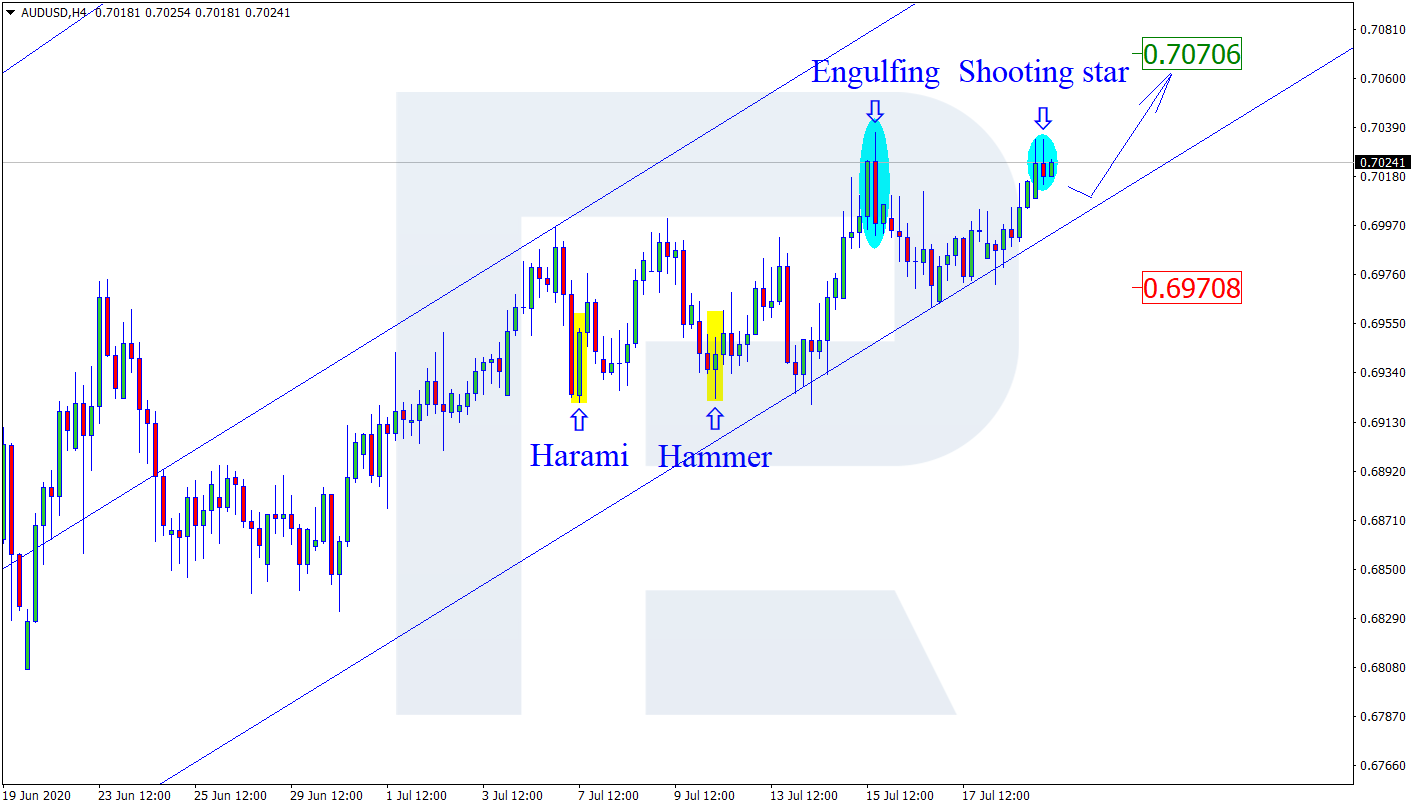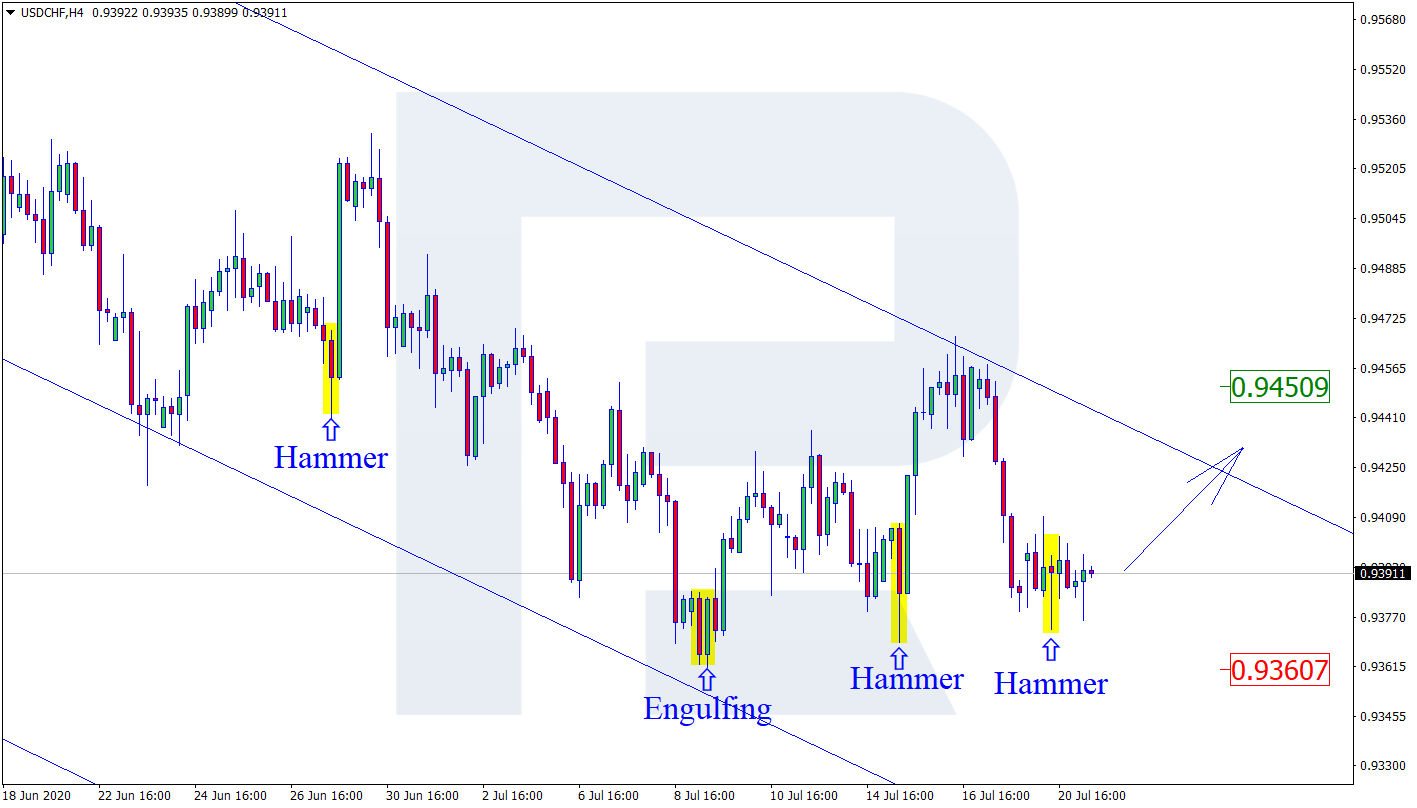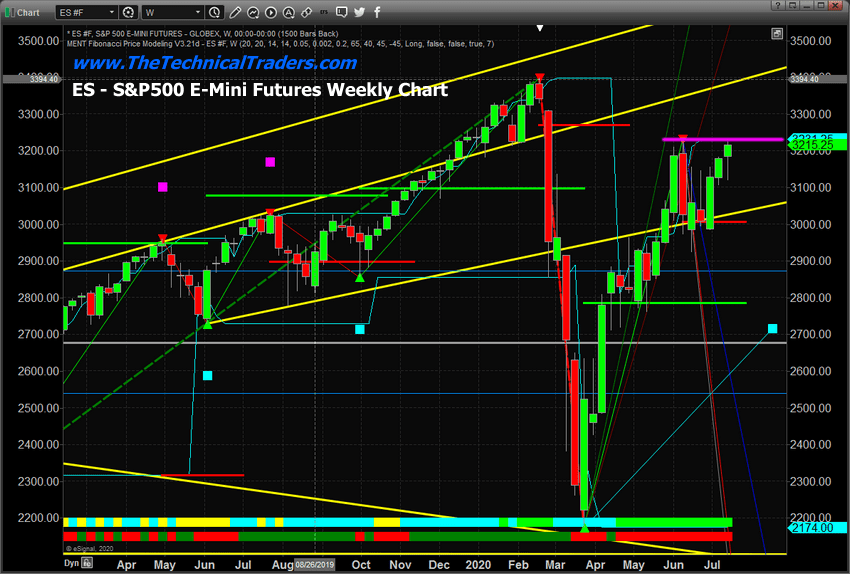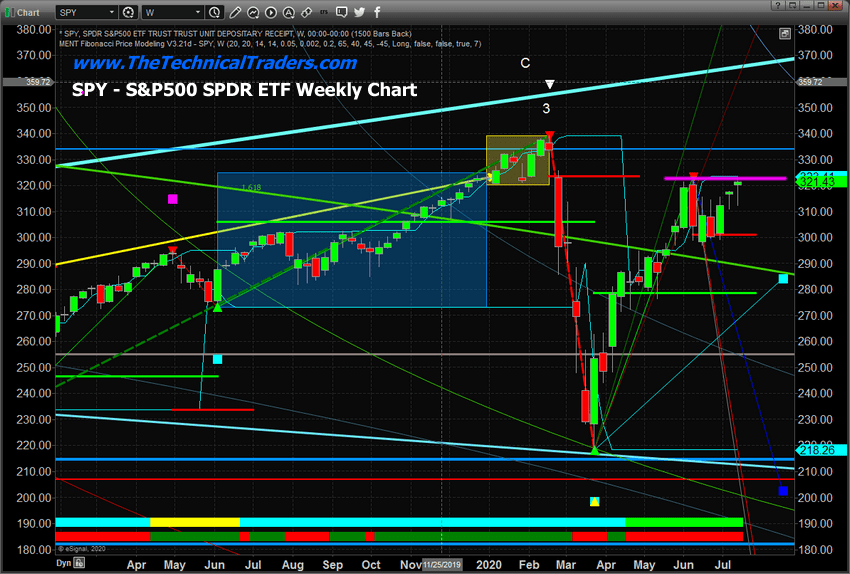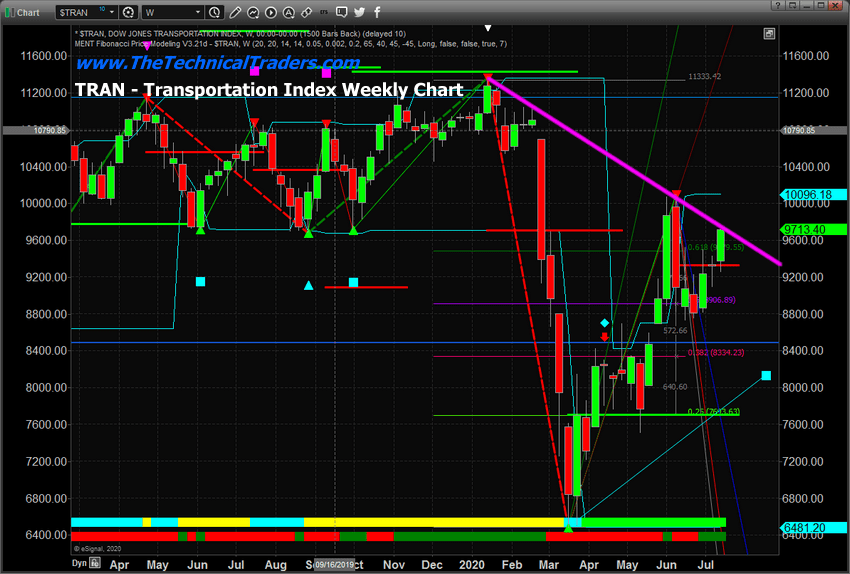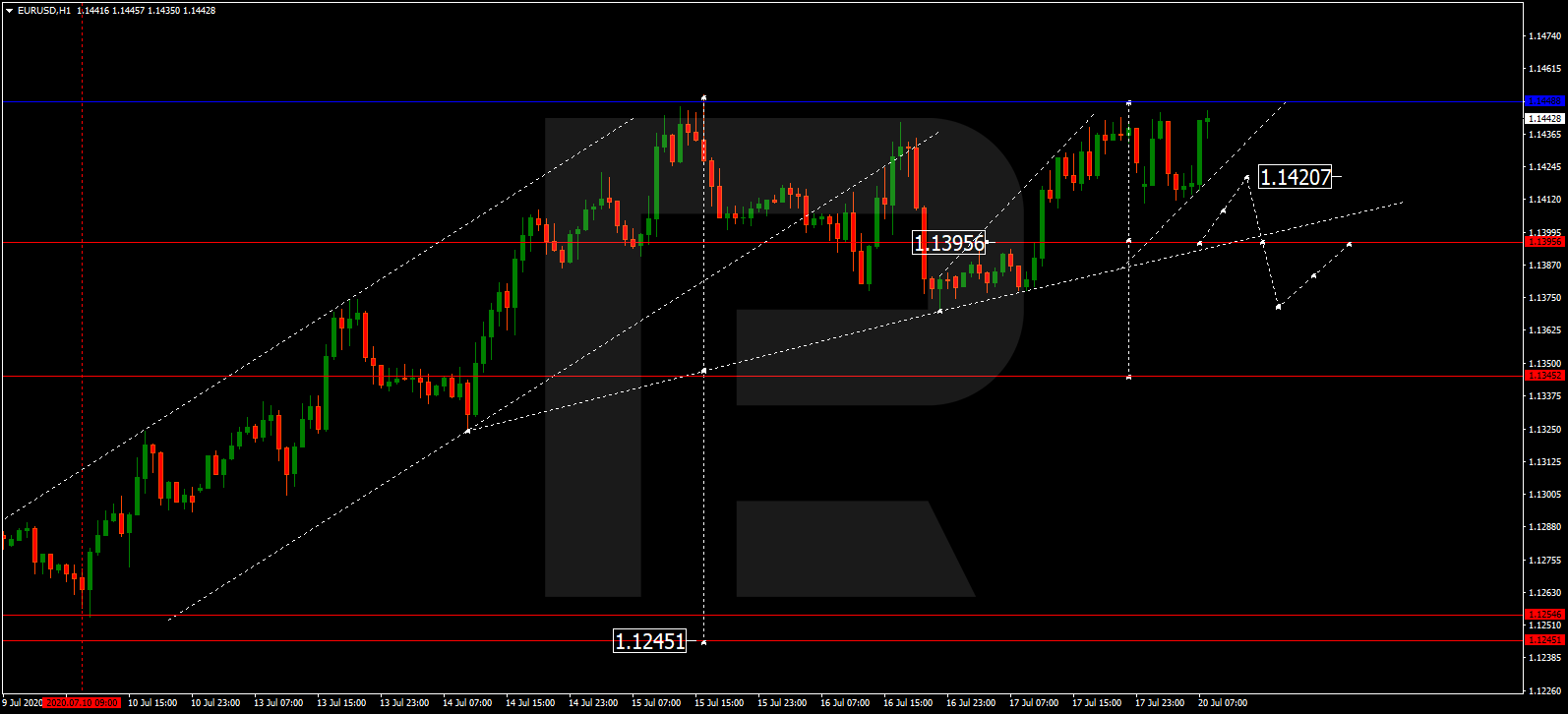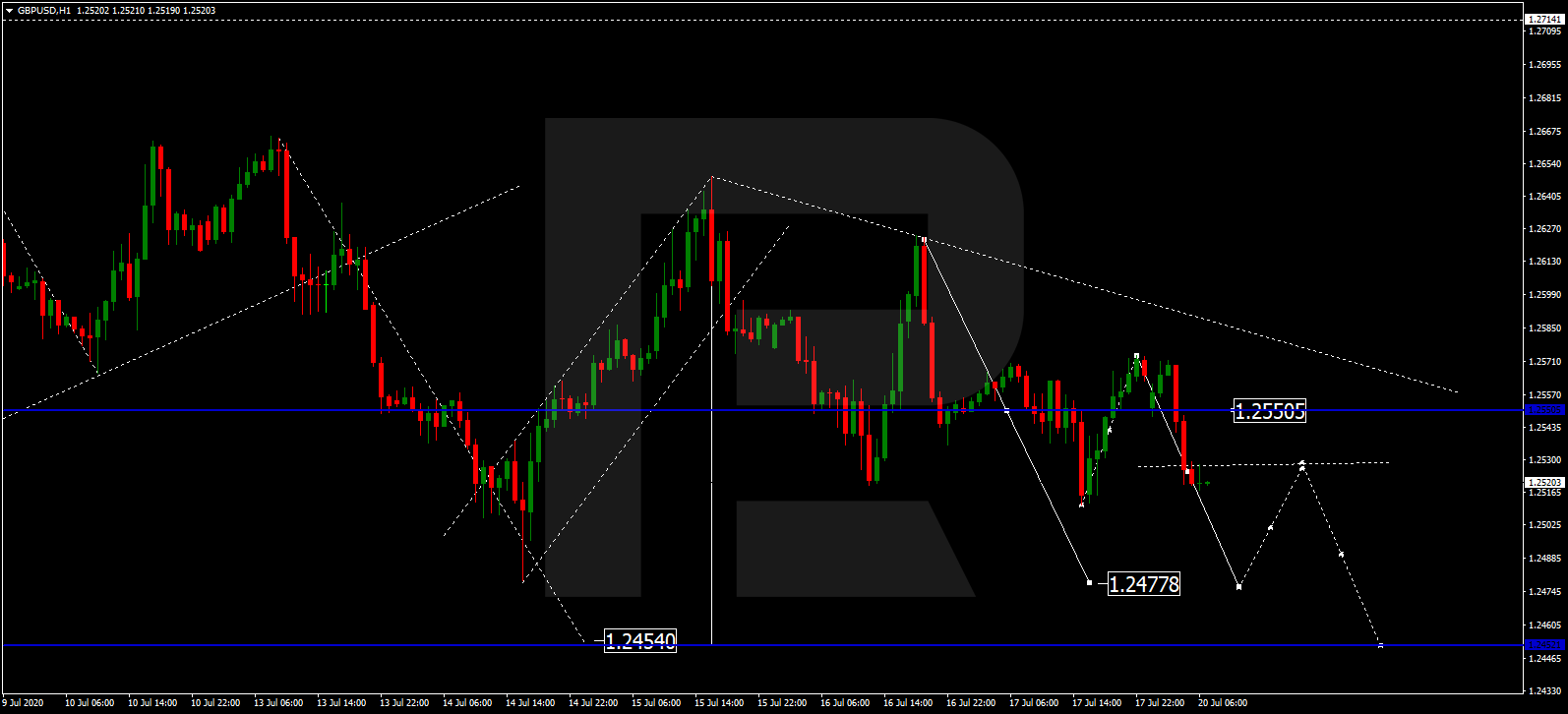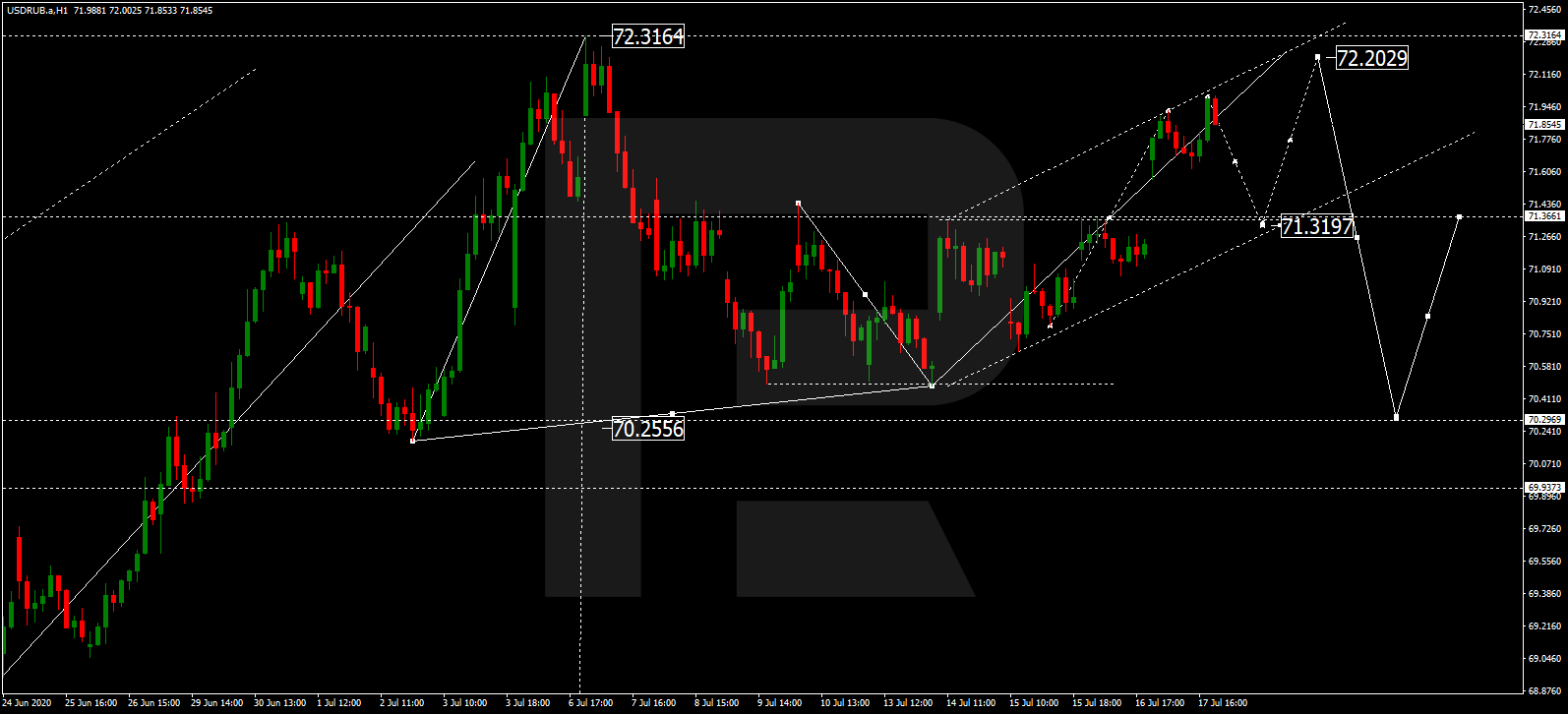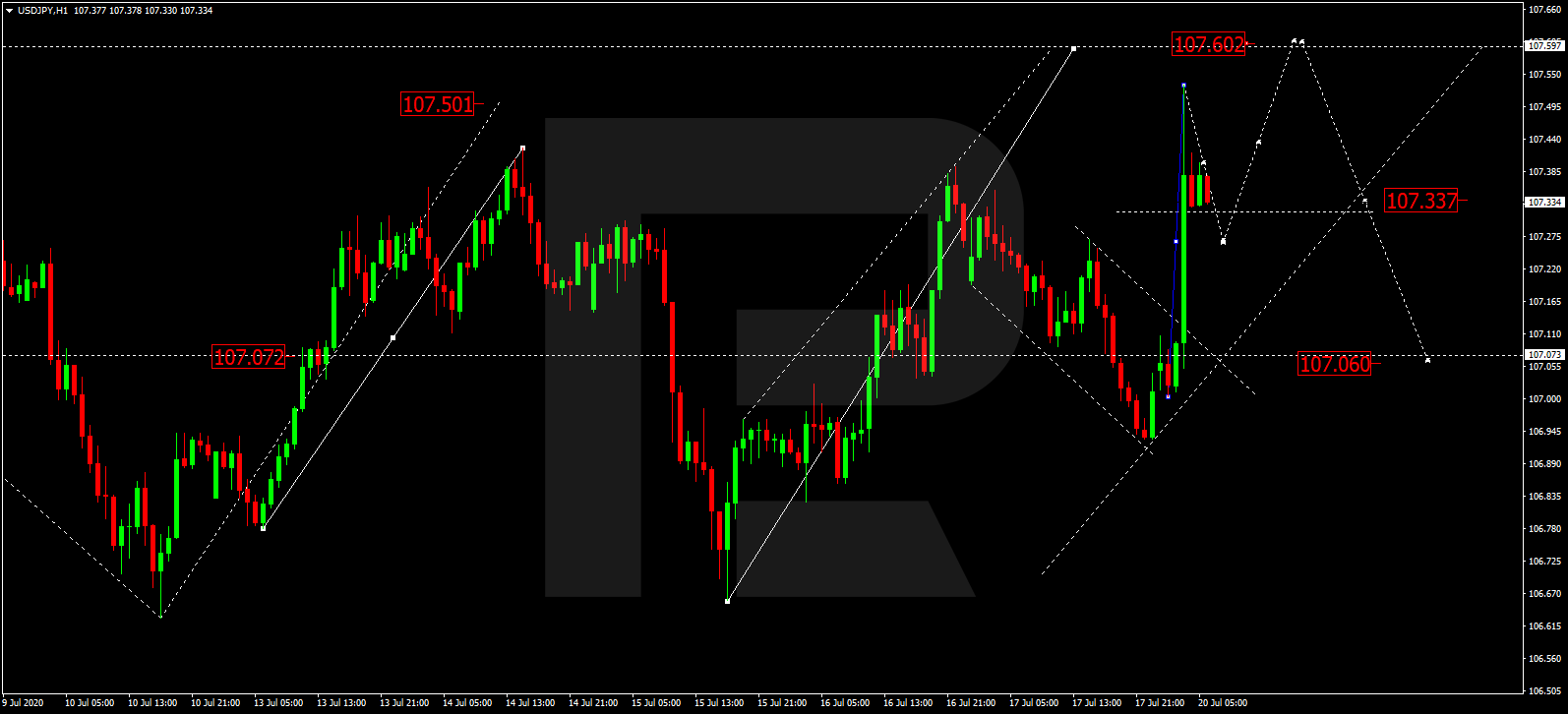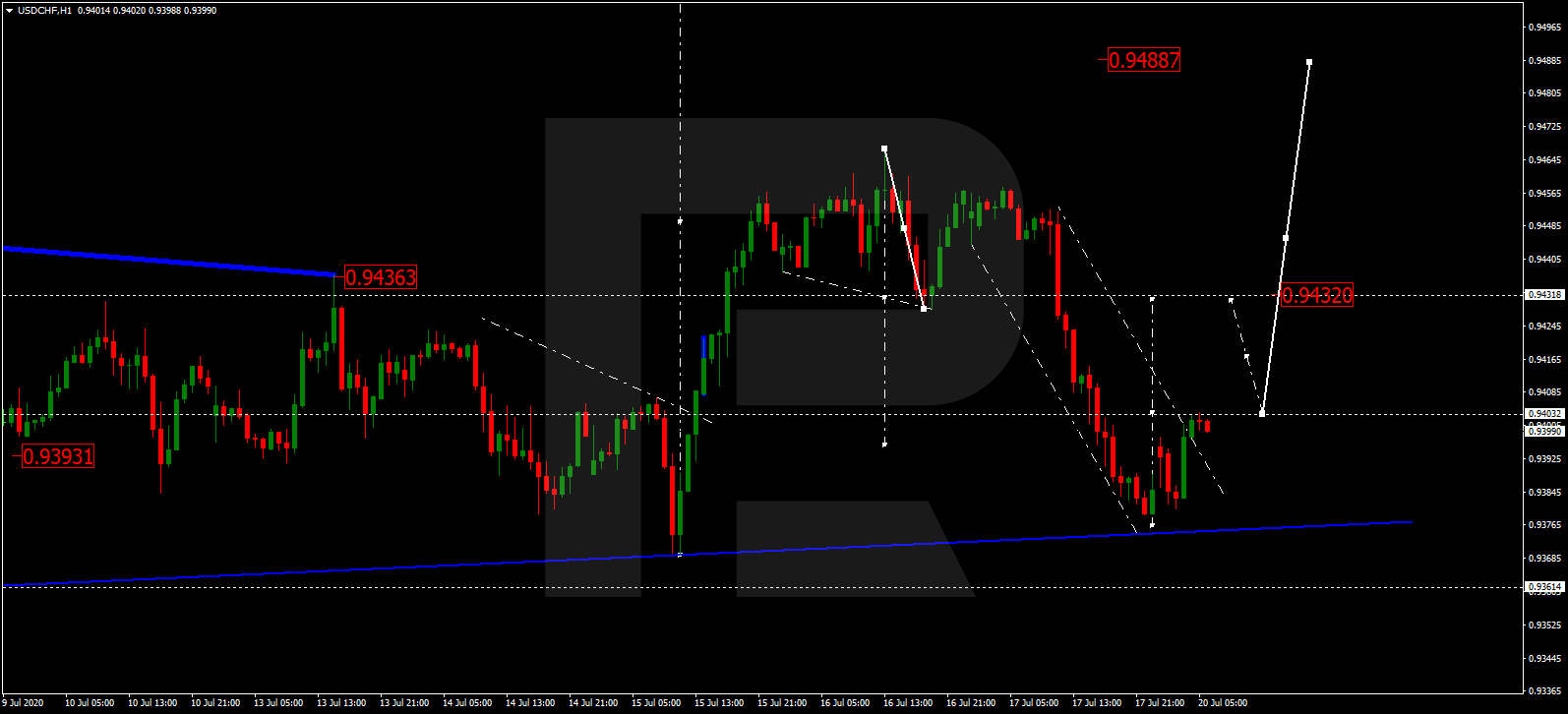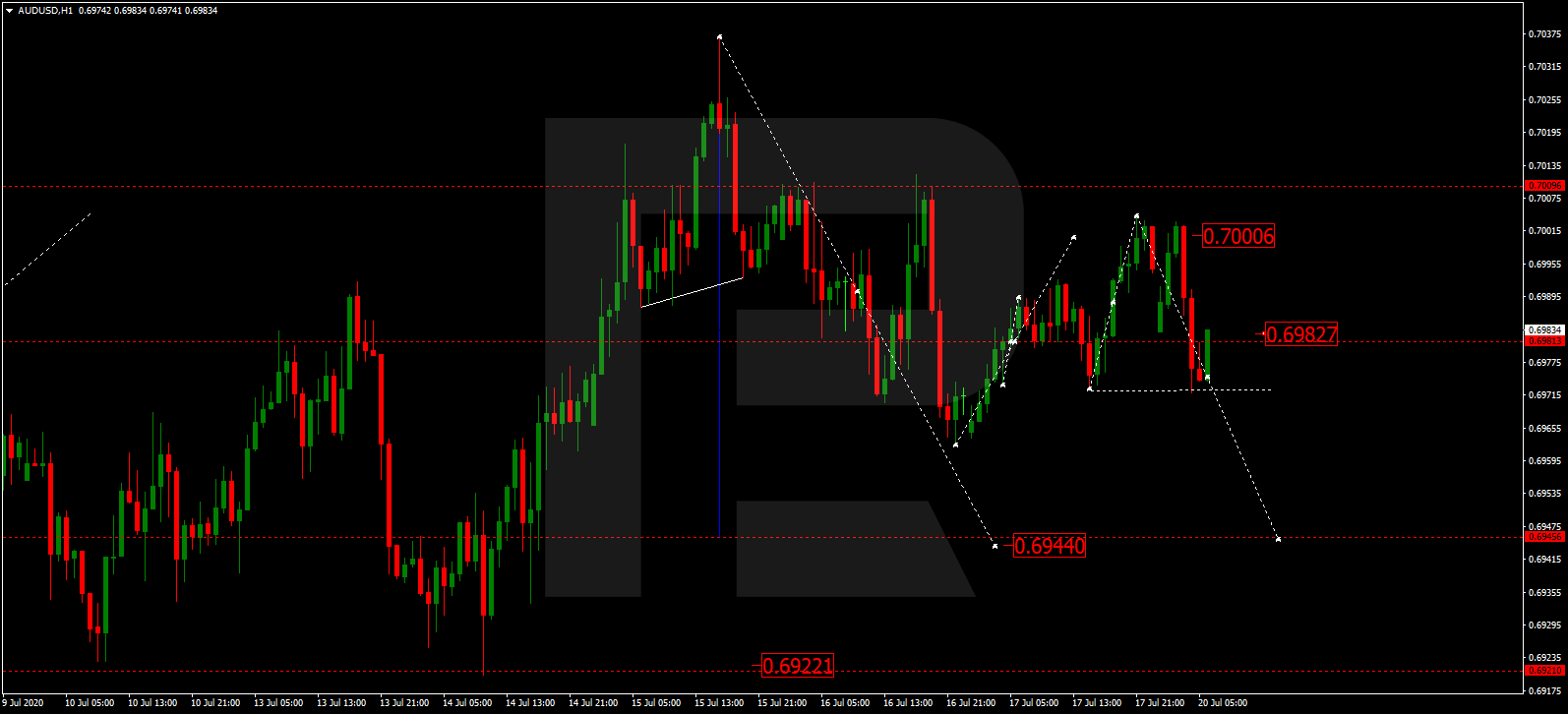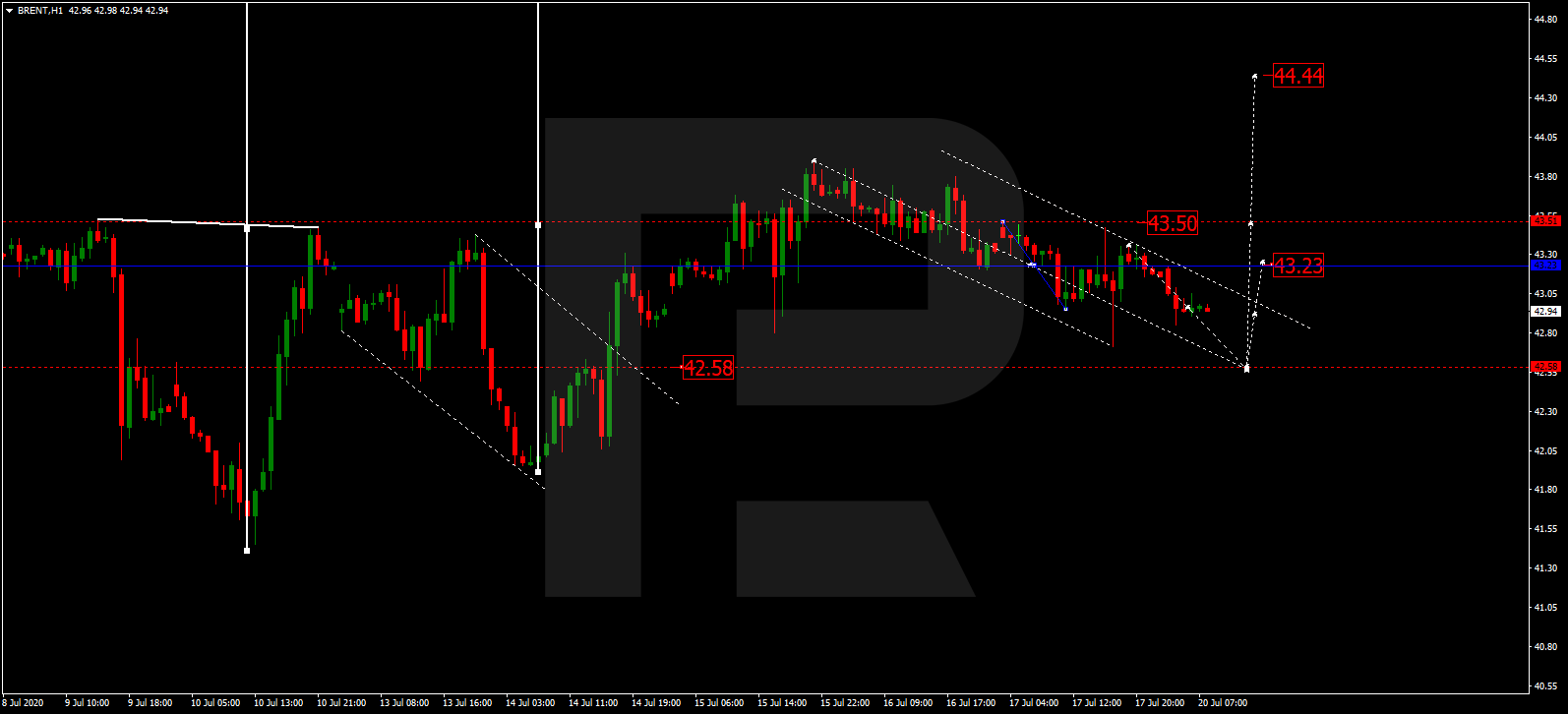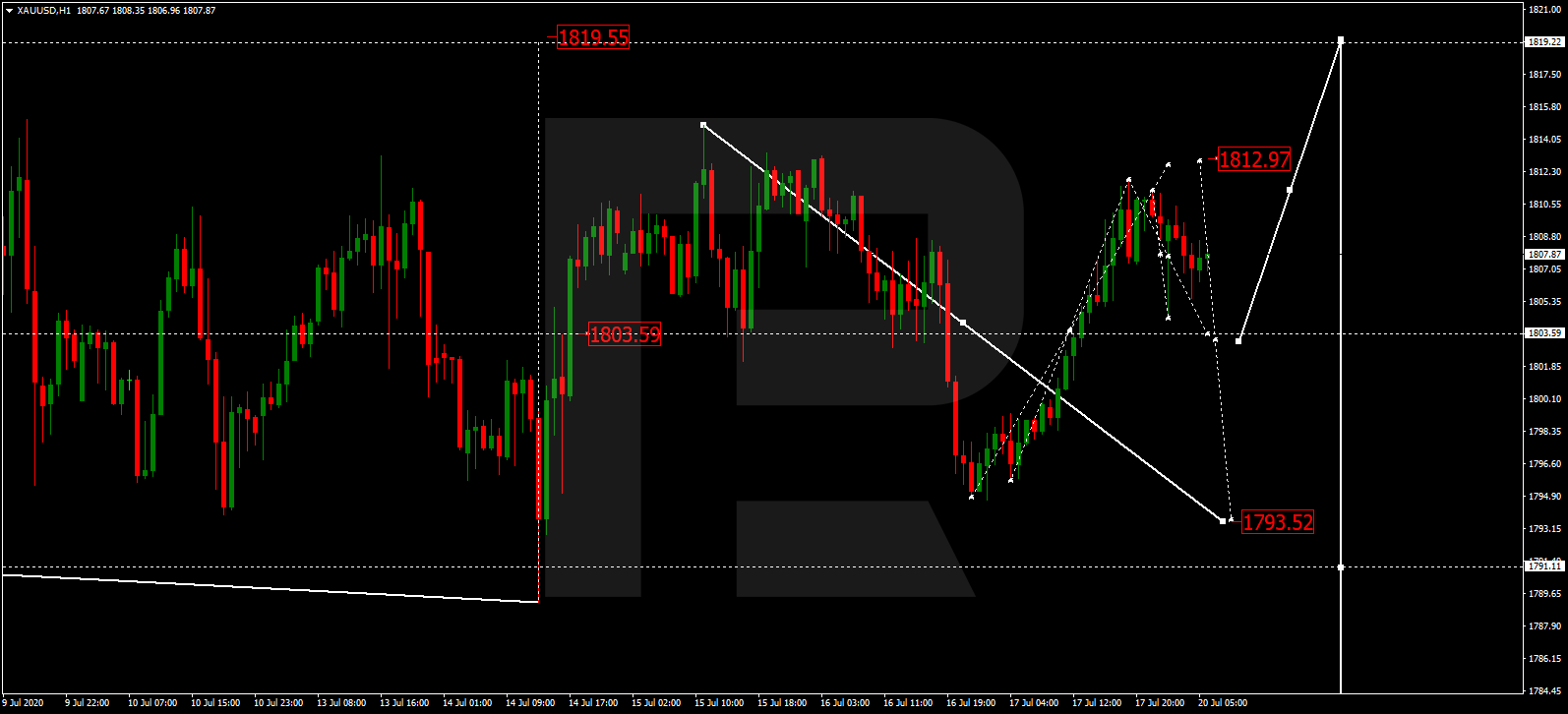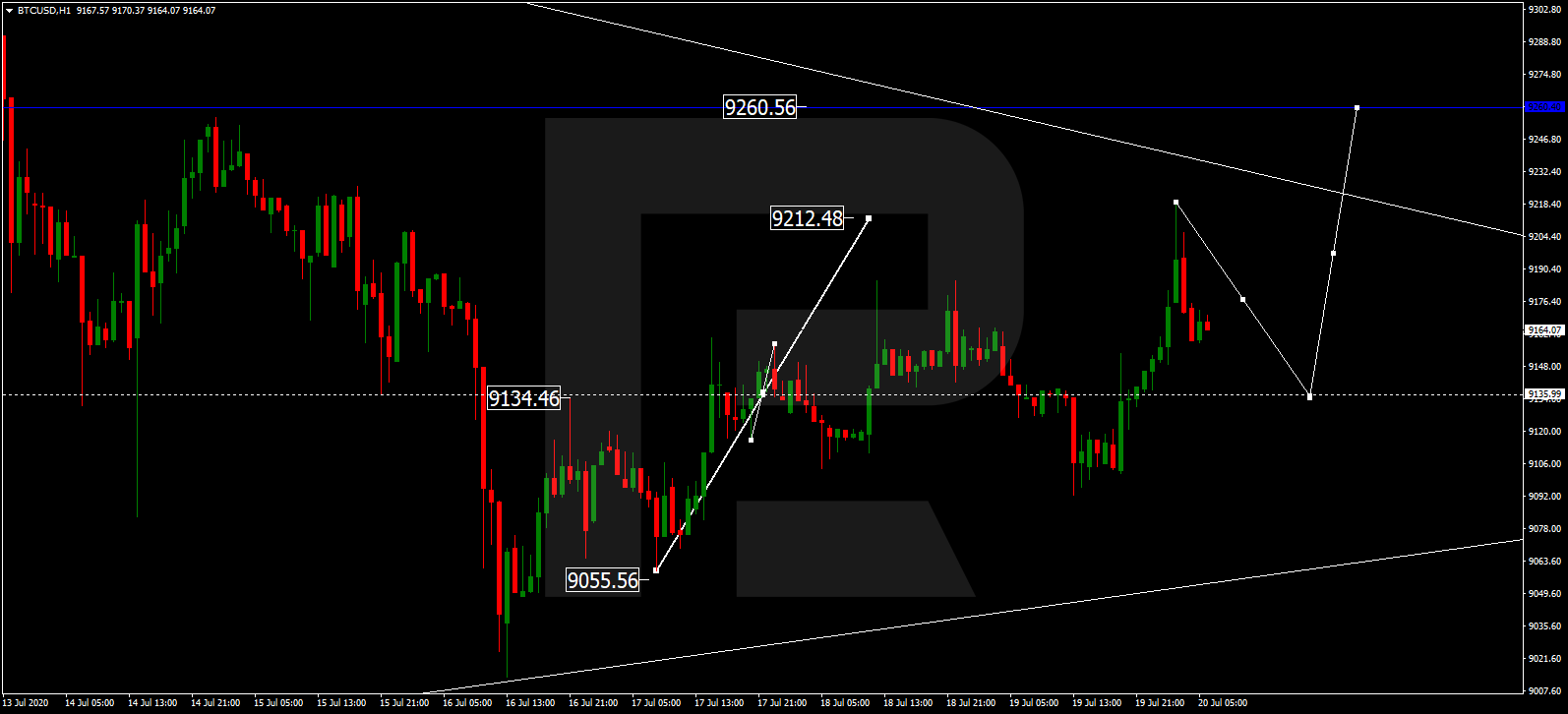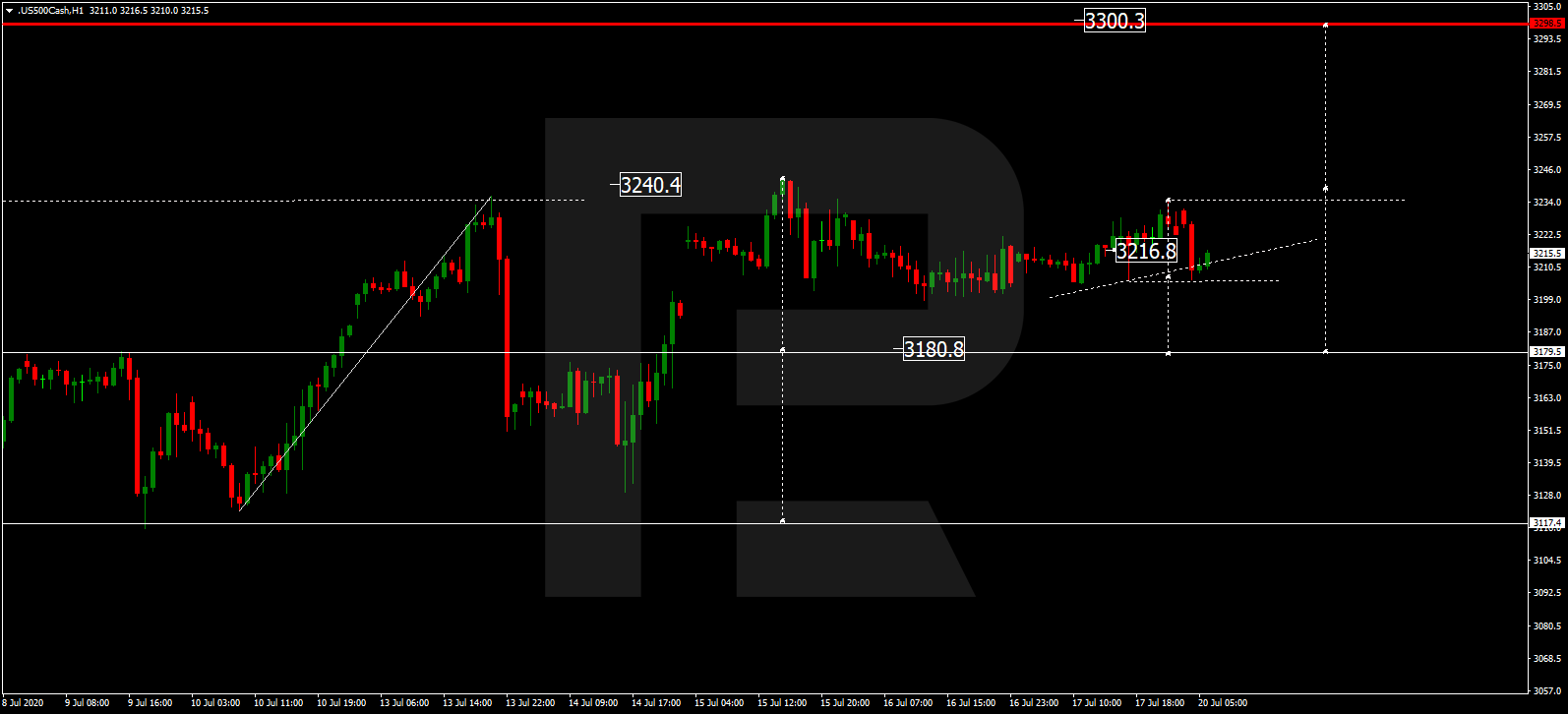By Dan Steinbock
– Global growth prospects are deteriorating. Instead of a V-shaped recovery in the 2nd quarter, advanced economies will face historical carnage and a prolonged contraction. But there’s still worse ahead.
Current estimates for major advanced economies remain too optimistic, due to the mismanagement of the COVID-19, belated responses and premature exits, which have now caused far-earlier-than-expected secondary virus waves. As a result, the hoped-for V-shaped recovery will not happen in the 2nd quarter.
The Trump administration’s catastrophic COVID-19 failures, along with premature exits to reopen the economy and leave the WHO will virtually ensure still new virus waves and longer contraction. In turn, US tariff wars are undermining the promise of the Asian Century.
2nd quarter carnage: projections and realities
In early February, as new coronavirus cases began to decelerate in China but accelerate outside China, I predicted that China would rebound in the 2nd quarter but major advanced economies could rebound in the 3rd quarter only if they’d manage to contain the pandemic.
At the time, this view was seen as too optimistic for China and too pessimistic for advanced economies.
When the deceleration of new cases in China continued in March, but dramatically accelerated in major advanced economies, I projected that China’s rebound in the 2nd quarter would be stronger than expected. And that major advanced economies, particularly the US, would face a contraction that would be at par with or worse than the Great Depression.
At the time, this view was seen as too optimistic for China and too pessimistic for advanced economies.
In late January, President Trump congratulated President Xi Jinping for China’s success in the virus containment. In March I predicted that Trump would reverse his words. Due to plunging ratings and re-election challenges, I projected that Trump and his administration would blame China for COVID-19, particularly in early summer ahead of the 2nd quarter results in the US.
Today, we know that Chinese economy became the first to rebound in the 2nd quarter, by growth of 3.2%. In contrast, major advanced economies are heading toward a historical plunge in the 2nd quarter. And as projected, Trump’s attacks against China intensified in June and have accelerated into a kind of hybrid war.
And there’s worse ahead.
Economic erosion in G7, rebound in China
Until recently, many international observers expected US to benefit from a strong rebound that would start in late spring and strengthen in the 3rd quarter. New virus waves were seen as a possible threat but later in the fall. The Trump administration’s pandemic mismanagement and premature exits have undermined those hopes and resulted in a huge virus resurgence in the US; months earlier than anticipated.
While consensus models expected US coronavirus cases to be around 3 million by now, they will exceed 4 million soon. So, the 2rd quarter contraction, which was expected to amount to -33%, is likely to soar to -53%, according to the Atlanta Fed. Annualized growth will take a deeper hit, accordingly.
In the UK, Boris Johnson’s government followed in the US footprints until realities proved overwhelming. While the government has taken a different stance since late spring, it has been too little too late. Coronavirus cases are about to exceed 300,000. In the 2nd quarter, British economy could plunge by -20% to -25%.
Although Italy was the first major economy in the Euro area to suffer from the pandemic, its stringent quarantine measures reduced the damage in the spring. Nonetheless, the virus cases amount to almost 245,000 and the 2rd quarter is expected to translate to a plunge of -9% to -10%.
As the Euro area’s strongest economy, Germany is no longer immune to contraction either. As German cases are about to exceed 200,000, the country could experience a plunge of -8% to -10% in the 2nd quarter.
France is following in Germany’s footprints. Officially, the cases are about to exceed 175,000. Yet, the 2nd quarter will prove dire with a plunge of -17%.
While COVID-19 has recently surged in Japan, official cases average at about 25,000, while annualized growth is likely to plunge to -5%. But official virus data cannot be taken at face value because minimal testing. Until recently, the country’s testing capacity, as adjusted to population, has been significantly behind that of Uganda, half of that in the Philippines and less than 2.5% relative to the UK.
Chinese cases have stayed below 85,000, as I predicted three months ago. As long as China can deter imported infections, the rebound will prevail. The challenge will be the Trump administration’s hybrid war, which seeks to derail China’s return to pre-crisis economic growth, while risking global economic prospects for years to come.
Protracted contraction or global depression
A review of official coronavirus cases and discrepancies between expected and likely quarterly results suggests trends that will cause increasing distress in major advanced economies. Not just in the next few months but in the medium-term, due to COVID-19 mismanagement, belated responses and premature exits.
Here’s why:
- Instead of the hoped-for V-shaped economic rebound in the 2ndquarter, no major advanced economy will deliver such performance.
- In the US, Latin America and some other economies, where containment failures, belated responses and premature exits have proved significant, secondary waves will prolong the pandemic pain and collateral economic damage. Yet, current estimates do not reflect these outcomes, which markets still undervalue. Worse, as restrictions expire, US infections are likely to migrate elsewhere in the world.
- If advanced economies continue to mismanage the pandemic crisis and persist in premature exits, they will face a protracted L-shaped recovery, which could evolve into a multiyear global depression in the early 2020s.
- Major advanced economies are coping with their historical plunge by taking more debt, Ironically, the medication against COVID-19 is paving the way for soaring budget deficits. As old fiscal packages prove inadequate, new ones will be launched, which will contribute to new debt crises and risk defaults.
- In the past months, fiscal stimuli have been coupled with aggressive monetary easing; that is, the return to ultra-low rates and large asset purchases, which will prevail significantly longer than currently acknowledged, with attendant longer-term collateral damage.
The US quest to push for tariff wars, even amid the worst contraction in a century, is now undermining efforts to promote world trade, investment and migration, which the G20 economies used in 2008 to avoid global depression.
The net effect – unwarranted de-globalization – will endanger global recovery, deepen economic challenges and contribute to potentially fatal geopolitical crises.
It’s time to tighten the belts; we’re in for a new rollercoaster ride. That’s what happens when science-based public-health policies are systematically ignored for political exigencies. Pandemics gain, economies lose, and people will suffer.
About the Author:
Dr. Dan Steinbock is an internationally recognized strategist of the multipolar world and the founder of Difference Group. He has served at the India, China and America Institute (USA), Shanghai Institutes for International Studies (China) and the EU Center (Singapore). For more, see https://www.differencegroup.net/
Based on Dr Steinbock’s global briefing on July 17, 2020


